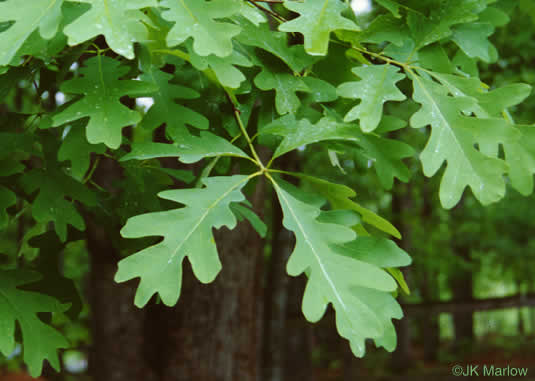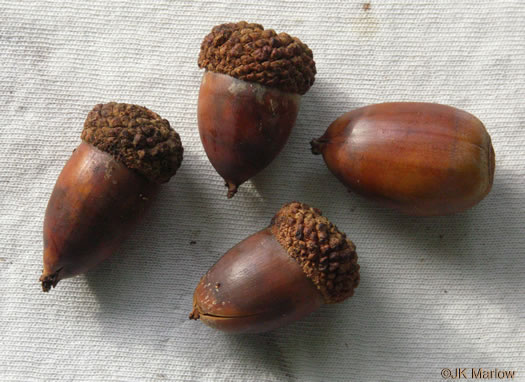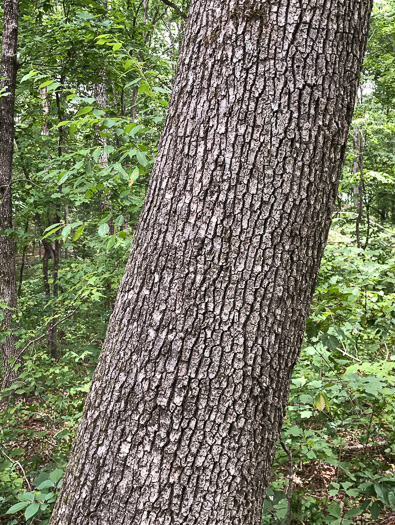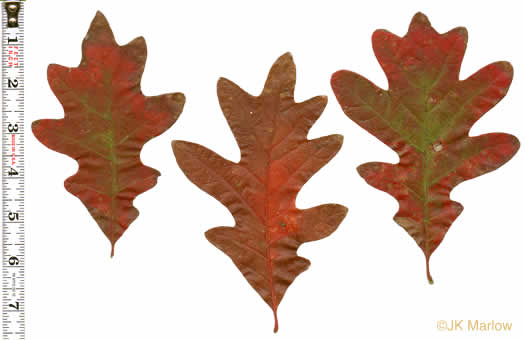Fagaceae
white oak
Quercus alba
Plant Type
Large Tree (greater than 25 ft)
Life Cycle
Perennial
Typical Size
50-135 ft. tall
50-80 ft. wide
Tolerant of
Drought
Inolerant of
Poorly Drained Soil
Propagation
By seed
Plant Propagation Notes
Acorns should be planted directly or in deep containers to accommodate taproot formation. No pretreatment is required.
Plant Planting Notes
Provide up to 50′ spacing.
Plants/Diseases
Numerous insects and pathogens may infect white oaks, but these are rarely significant issues.
Wildlife Benefits
Host plant for butterfly larvae, Supports numerous caterpillars (bird food)
Leaves
Leaves alternate, simple, and obovate with lobed margins. Leaf lobes are typically rounded rather than pointed.
Flowers
Male flowers are yellowish-green catkins. Female flowers are smaller and exhibit greenish-red.
Fruit
Acorn
Bark
Light gray with irregular ridges and peeling.
Toxicity
Low toxicity if ingested.
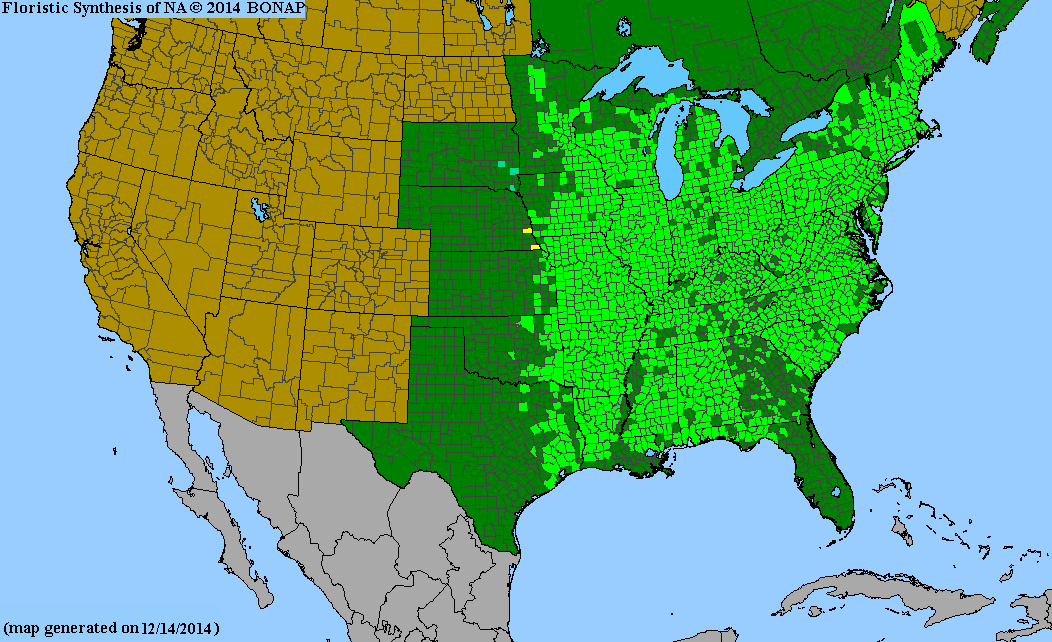
USDA Hardiness Zones
3, 4, 5, 6, 7, 8, 9
Light Exposure
Full Sun, Part Sun/Shade
Soil Moisture
Dry, Medium, Moist
Soil Drainage
Well-drained
Soil pH
Acidic (less than 6.0)
Native in South Carolina?
Yes
Plant Native Habitat
Xeric to mesic forests.
Global Conservation Status (NatureServe)
Secure (G5)
Federal Conservation Status (USFWS)
Not Listed
Distribution Notes
Common throughout South Carolina.

